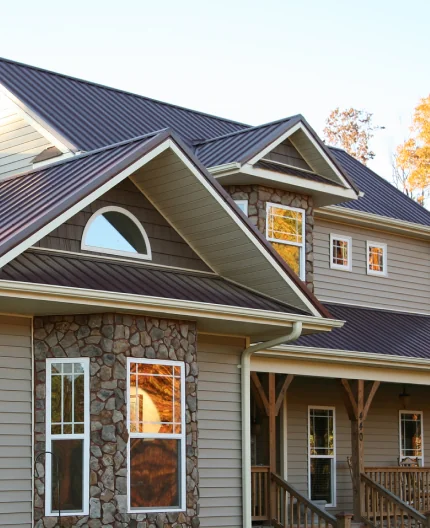Roof Underlayment Types
Published on Thursday July 22, 2021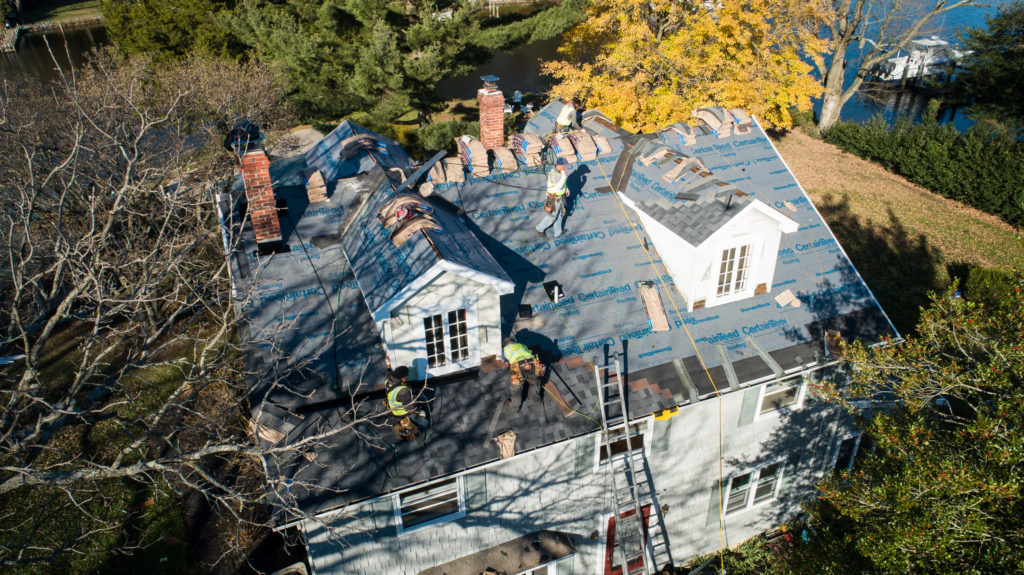
When choosing which underlayment to use on your roof, you often decide between these three common roofing underlayment types:
- Asphalt-Saturated Felt (Felt Paper)
- Rubberized Asphalt
- Non-Bitumen Synthetics (Synthetic Felt Paper)
Roof underlayment is often simply called “felt paper” because asphalt-saturated felt is so common, though it can also be referred to as “ice and water shield” even though there are different material types.
Your roofing underlayment is usually unseen, but that doesn’t mean it’s not a crucial element to your roof system.
All roof underlayment types are designed to serve a common purpose: work as a weatherproofing (specifically waterproofing) shield to keep your roof and home protected.
It’s a barrier laying between the shingles of your roof and the actual roof sheathing (or roof decking) that’s made of OSB or plywood.
Let’s explore three types of roof underlayment and the pros and cons of each.
1. Asphalt-Saturated Felt
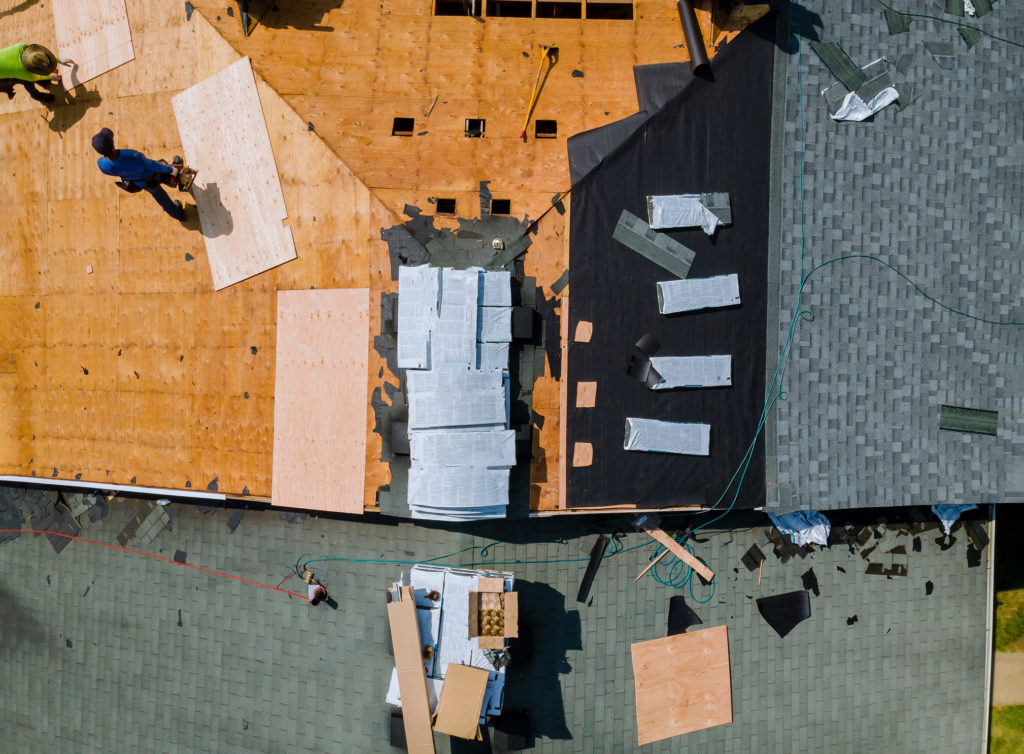
One of the most common shingle underlayment types for residential roofing is asphalt-saturated felt or felt paper.
Asphalt-saturated felt roofing underlayment can be made of either organic or fiberglass substrate. Organic is more common and has a cellulose base.
It’s important to note that asphalt-saturated felt is water-resistant but not entirely waterproof. While there are many benefits to this type of roofing underlayment, there are plenty of drawbacks as well.
Here are some pros and cons to consider.
Pros
Asphalt-saturated felt is less susceptible to wicking at laps than synthetic underlayments, which means it is less likely to lead to moisture damage on the roof decking in this way.
Additionally, when applied in thick layers, asphalt-saturated felt creates a good seepage barrier.
Asphalt-saturated felt is an easy roofing underlayment to install, since it only requires common tools: staples or roofing nails.
Cons
Even though asphalt-saturated felt roofing underlayment is very popular, there are a lot of problems with the material.
For one, it’s a fairly poor quality of roofing underlayment that doesn’t live up to current ASTM standards.
This roofing underlayment type absorbs water faster than other roofing underlayment options meaning it will fail quickly and there’s more potential for your roof decking to be damaged.
Additionally, asphalt-saturated felt roofing underlayment is not resistant to UV damage. This means that while the roof underlayment and shingles are being installed, the roofing underlayment needs to be covered up as quickly as possible, or it’s at risk of damage.
Asphalt-saturated felt also tears easily. The material itself is easy to damage, rip holes in, or break apart.
Even normal tasks involved in roofing installations, such as installing fasteners or walking across the roofing underlayment, can damage the material.
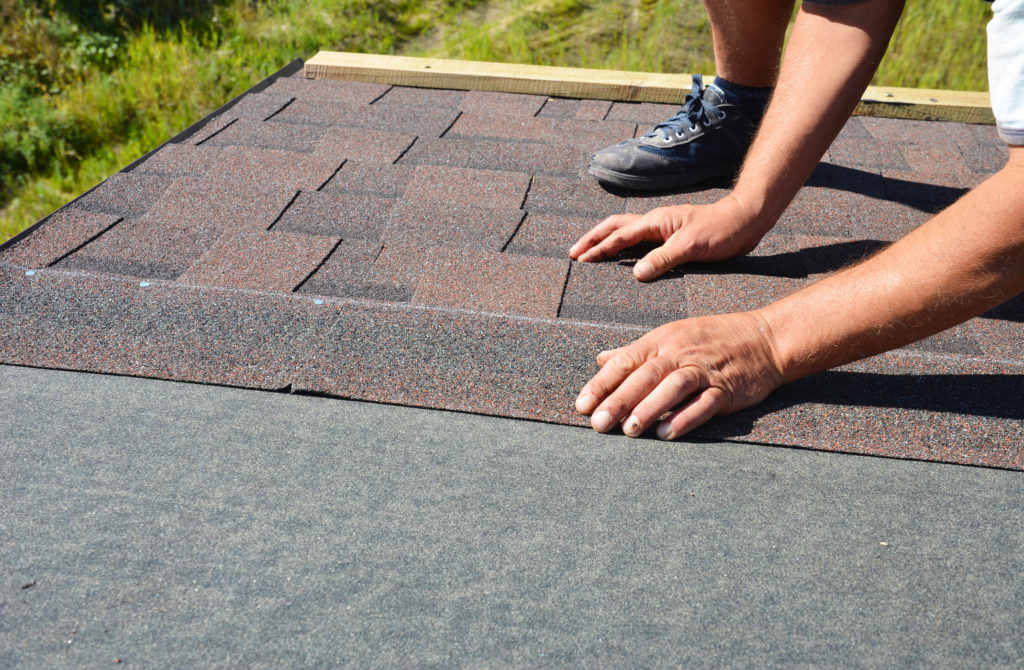
Lastly, asphalt-saturated felt simply doesn’t last as long as other roofing underlayment options.
It breaks down comparatively quickly, especially in warm environments, so it won’t protect your roof decking as well as other roof underlayment types.
2. Rubberized Asphalt
Rubberized asphalt roof underlayment is made exactly how it sounds, using rubber polymers and asphalt.
When compared to the other two roofing underlayment options, rubberized asphalt is by far the most expensive, but it’s also the only completely waterproof option.
Rubberized asphalt underlayment feels almost like sticky paper to the touch.
Before it is applied, the back membrane is removed and the sticky material is what acts as a waterproof seal for your roof, protecting the edges from common causes of leaks.
Like any roofing material type, rubberized asphalt underlayment has its pros and cons. Here are some to consider.
Pros
Rubberized asphalt underlayment is the only absolutely waterproof kind of roof underlayment options available today, so if you’re wanting your roof to be waterproof, this is the product for you.
While rubberized asphalt underlayment may be expensive itself, the installation cost is actually low since it’s such an easy material to install.
It comes in rolls that are laid out across your roof decking, which also increases the longevity since there are fewer seams, lowering the chances of a leak. Rubberized asphalt underlayment can last up to 50 years.
Rubberized roof underlayment is also resistant to UV rays, so the installation process doesn’t need to be hurried. It’s also far more durable so it doesn’t crack, expand, contract, or break down when the weather changes.
Lastly, rubberized asphalt underlayment is easy to repair if there is a tear. The right kind of tape placed over a rip in the underlayment quickly solves the problem.
Cons
There are not a lot of cons to rubberized asphalt roof underlayment besides the fact that it is the most expensive option.
Keep in mind that not all rubberized underlayments are fire-resistant since they do come in different forms, so be sure to check that feature before installation.
You also will need a roofing professional to install this roofing underlayment which adds to the overall cost of the underlayment.
3. Non-Bitumen Synthetic
Non-bitumen synthetic underlayment is a type of roofing underlayment made entirely of synthetic materials. Usually, it’s a mixture of fiberglass or polyester and polyethylene or polypropylene.
This roofing underlayment type is a newer option (when compared to asphalt-saturated felt) and has started becoming more popular as an alternative to felt paper.
Non-bitumen synthetic roof underlayment isn’t as easily available as asphalt-saturated felt and is often more expensive, but it’s a great alternative in many other ways.
Below are pros and cons to consider.
Pros
Non-bitumen synthetic roof underlayment is far more durable than felt underlayment (up to 12 times stronger), so it lasts much longer and is guaranteed to last as long as most roofing types—including metal.
It can also last up to 180 days without any protection on top so if your roofing installation is delayed and the shingles cannot be installed right away, the non-bitumen synthetic roof underlayment will be fine.
Non-bitumen synthetic roofing underlayment has a high heat tolerance as well, so it won’t end up disintegrating in the heat.
Non-bitumen synthetic roof underlayment doesn’t break down if you walk on it, so the installation process is much easier. It also comes in larger rolls than felt underlayment, so there are fewer seams (meaning there are fewer opportunities for leaks).
An added bonus to non-bitumen synthetic roof underlayment is that it’s recyclable. All the materials used in making this roofing underlayment are able to be recycled and used again in another project.
Cons
One of the main disadvantages to non-bitumen synthetic roof underlayment is the price. They can reach up to five times the price of asphalt felt underlayment.
While an upfront investment in high-quality material is important, many homeowners aren’t as interested in making this type of investment.
Why do I Need Roofing Underlayment?
While it’s not necessarily required that you choose one of the three shingle underlayment types for your roof, having a roof underlayment is always a good idea.
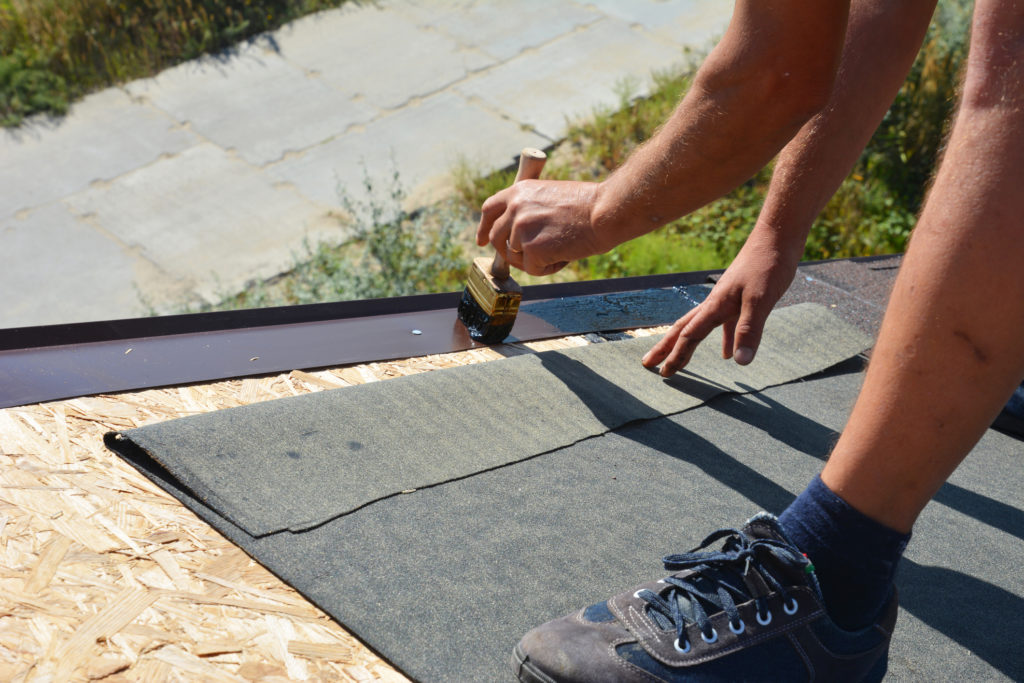
Roofing underlayment types exist to help protect your roofing deck so by not having one, your roof will always be more at risk of weather and water damage.
Here are some reasons why you need one of the roof underlayment types:
- You have an extra layer of protection against storms
- Save money over time by preventing water damage
- Increase curb appeal by ensuring your roof lays flat
- Prevent stained shingles by having a layer between your decking and shingles
- Increase energy efficiency
- They are an additional moisture barrier
- Protects the roof decking during the roof installation
- Extends the life expectancy of your roof
- Increase your peace of mind
Contact the Experts at Long Home Products
Choosing the right roofing underlayment for your home can be confusing, especially with several different roofing underlayment options.
At Long Home Products, our skilled team of roofing professionals is ready to set your mind at ease. Contact our experts to learn more about CertainTeed’s DiamondDeck® High Performance Synthetic Underlayment as part of the Integrity Roof System.
Interested in Long Home Products?
See our special offers now.
*Excludes labor. Subject to credit approval.
**Excludes labor. Subject to credit approval.
One-day installs contingent upon municipal rules and regulations.
By submitting a form, I authorize Long Home to contact me with information about its products and services via mail, email, phone and/or text at the contact information provided, even if I am on the national do not call list. Long Home may use automated telephone technology to initiate calls to its customers. Calls and in person estimates may be recorded for quality and training purposes.






